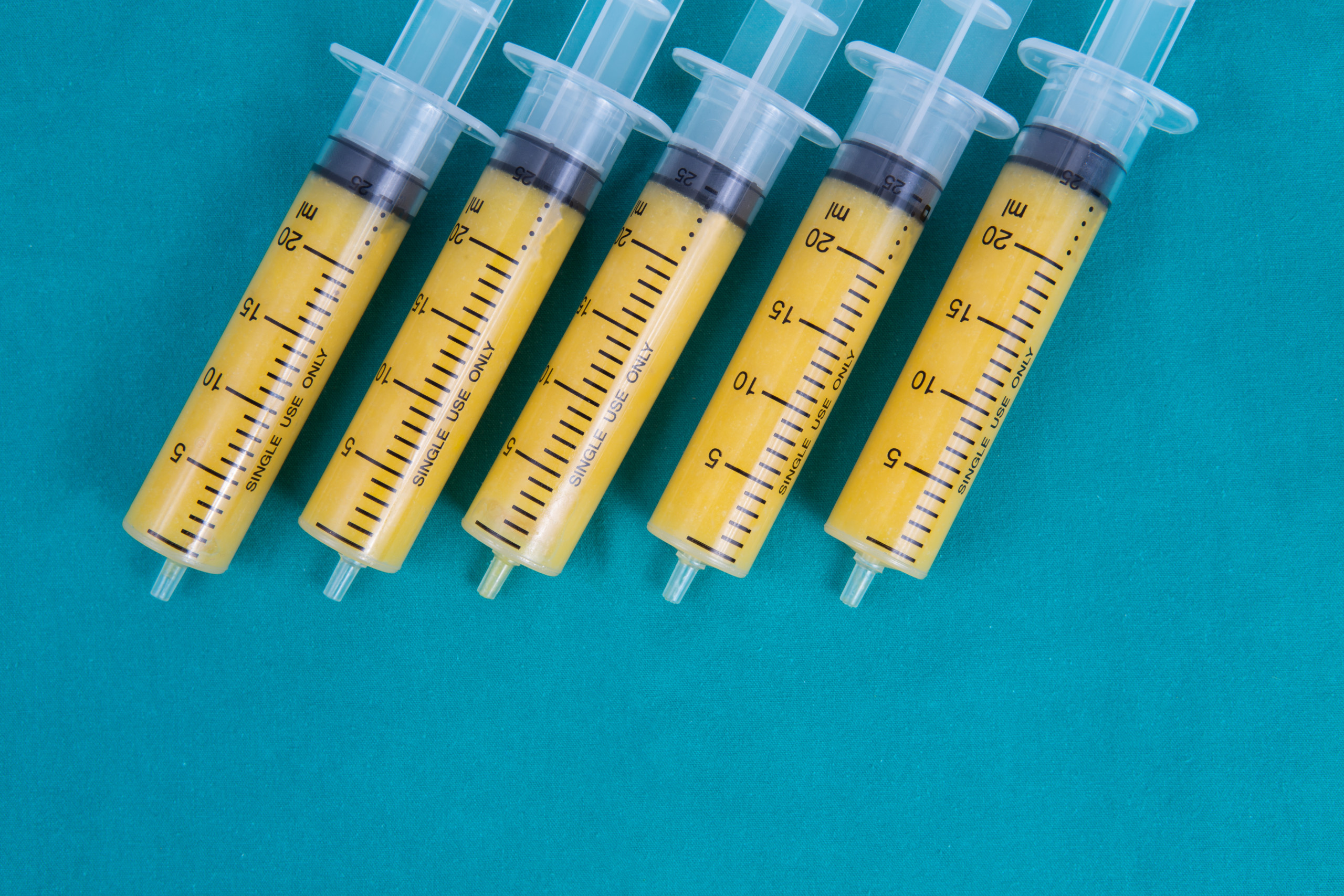Fat transfer is a cosmetic procedure that uses fat from one part of your body to cosmetically enhance the targeted treatment area. Also known as fat grafting or fat injections, fat transfer procedures are becoming very popular. Using the body’s own natural fat and displacing it to enhance other areas of the body produces the most natural-looking results. These procedures are considered safe, the results are long-lasting, and the body tolerates them well due to the lack of synthetic substances in use. If you are considering using fat transfer for a cosmetic procedure, you should learn a little more about it before you speak to your doctor. Armed with this new information, you can ask your doctor the right questions and make the best medical decision possible for your unique condition.
What is a fat transfer?
Fat grafting requires your surgeon to remove fat from one part of your body to treat another part. In the procedure, your surgeon transfers fat from areas in which you have excess fat, including the outer thighs or stomach, and injects it into areas that may be lacking in volume. These target treatment areas could include your face, hands, breasts, or buttocks.
What are the benefits of fat transfer?
There are many benefits to this type of procedure. They include the following.
- Fat from your own body, as opposed to dermal fillers or other synthetic materials, is the most natural option available. It replaces “like with like,” meaning it reduces the chance of allergic reactions to foreign substances.
- The results from fat transfer procedures are natural-looking, long-lasting, and generally safe. Patients often report being extremely happy with the outcome of their procedures as a result.
- If you are looking to target areas in the face with fat transfer, it is a great noninvasive method to achieve your goals.
Are there any negatives?
There are only a few negative aspects of fat transfer procedures. They include the following.
- For the surgeon, it is a time-consuming procedure. It takes extra time to prepare fat tissue before transferring it to your target treatment area.
- Although the results of this procedure are longer lasting than dermal fillers, you should know that fat transfer surgery costs more overall.
- If you are undergoing this procedure for augmentation, it may take multiple sessions to achieve your goals.
Are there risks to a fat transfer procedure?
As with any surgical cosmetic procedure, there are some risks to consider. While many of the following risks are uncommon, you should be aware of them and speak to your doctor about any lingering questions or concerns you have. He or she should put your mind at ease and be able to communicate what you can expect from a healthy recovery.
Some possible risks include the following.
- Adverse reaction to anesthesia
- Hematoma or seroma (an accumulation of blood or fluid under the skin that may require removal)
- Infection
- Changes in sensation
- Scarring
- Allergic reactions
- Damage to underlying structures
- Unsatisfactory results that may necessitate additional procedures
Questions to ask your doctor
During your initial consultation, you have an opportunity to learn as much as possible about your upcoming procedure. Take this time to play an active role in your surgery and ask questions and learn as much as you can. Your doctor should take the time to help you understand the procedure and make you feel as comfortable as possible with your decision. Try asking some or all of the following questions to obtain a well-rounded understanding of what you can expect.
- Am I a good candidate for fat grafting?
- Are the results I am seeking realistic?
- What is your experience with fat grafting procedures? How many have you performed, and in what areas of the body?
- Do you have before-and-after photos I can look at for this procedure?
- Where will you perform my fat grafting surgery, and how long will it take?
- Will my scars be visible?
- What kind of anesthesia do you recommend for me?
- How much does the procedure cost?
- What will you expect of me to get the best results?
- How is the recovery period? What can I expect and when can I resume normal activities?
- Are there risks and complications associated with my procedure? If so, what are they?
- If the cosmetic outcome of my fat grafting procedure does not meet the goals we agreed on, what are my options?
Dr. Anthony Berlet & Fat Transfer: Over 20 Years of Experience
Dr. Anthony Berlet has served plastic surgery patients in the northern New Jersey and New York City areas for over 20 years. Along with this team of experienced medical professionals, he helped hundreds of patients achieve their body goals and improve their self-esteem. If you are considering fat grafting surgery and want to learn more about how to prepare, our team can help! Reach out to us today to learn more.
